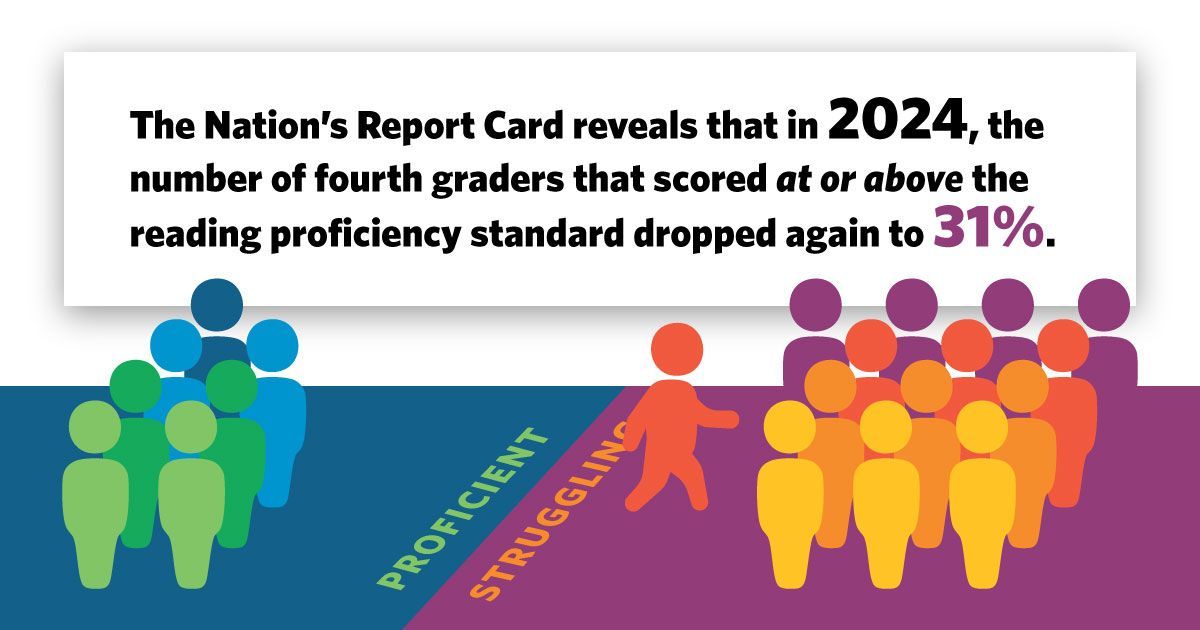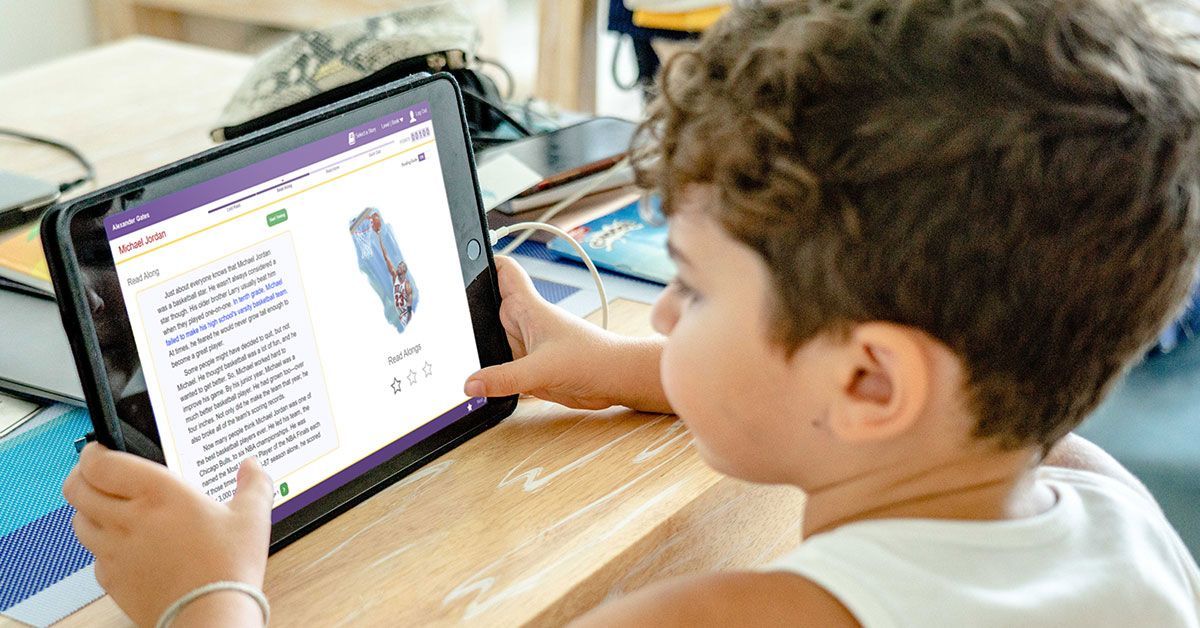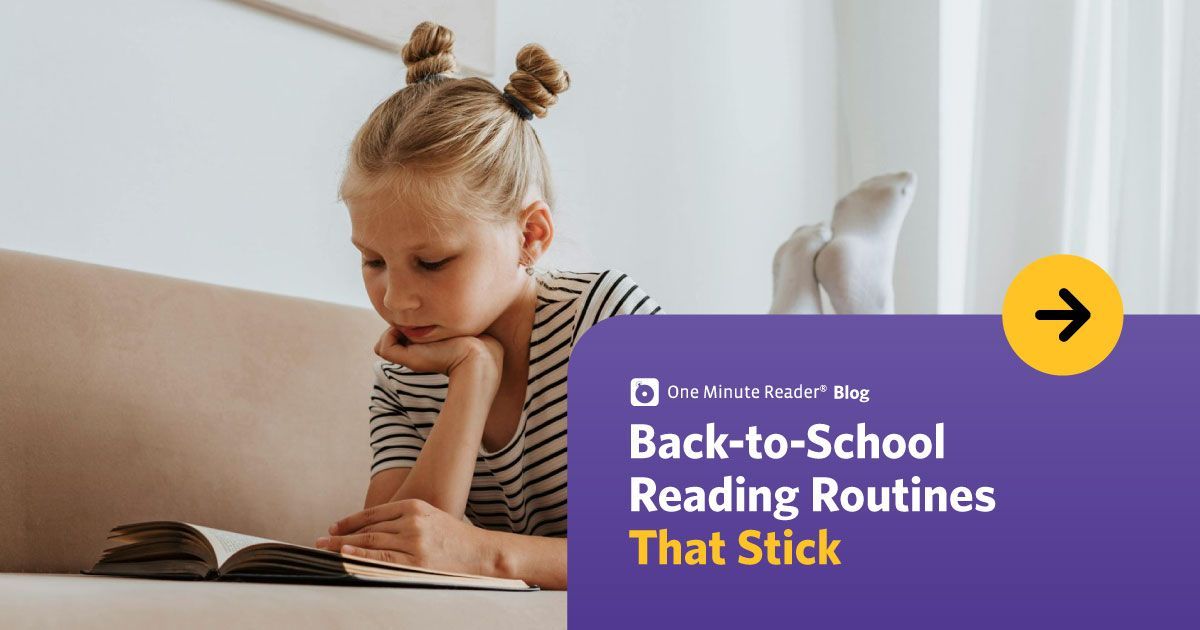Blog
Test Scores Are at Record Lows. We Can Help.
Anne Hauth • March 18, 2025
Results from the latest NAEP assessments are dire. Fewer than a third of the fourth and eighth graders tested nationwide are considered proficient in reading. Both groups experienced a two-point drop in average reading scores compared to 2022, continuing a downward trend that predates the pandemic. Notably, one-third of eighth graders scored below the NAEP Basic level, marking the highest percentage of underperformance in the assessment's history.
Proficiency in reading creates opportunities and is highly correlated with future success for students in academia, in their careers, and in general daily life. The written word is everywhere, and all students deserve the opportunities that come with being a skilled reader.
The fact that most of our students are not proficient in reading is a crisis we need to address immediately. Ideally, your kids' school is doing everything it can to support struggling readers. But many students still need extra support at home. One Minute Reader
is here to help.
One Minute Reader
gets kids reading at grade level—quickly. It uses research-proven methods to build fluency, vocabulary, and comprehension. Kids experience immediate success, boosting their confidence as they see measurable progress in just minutes every time they use the program. One Minute Reader is easy to use, and kids work completely independently. High-interest, nonfiction content across six reading levels keeps kids of all ages engaged, and a gamified system makes even the most reluctant readers eager to use the program.
If you are not familiar with
One Minute Reader, now is the time to check it out. After the free trial, it's only $8/month for unlimited use. If you already use One Minute Reader, please spread the word about this program to other parents. We are as dedicated to solving the literacy crisis as you are—let’s work together to turn things around.
Highlighted Posts
Ready to see an improvement in your child's reading?
Sign up today and get seven days for FREE.
One Minute Reader is just $8 per month after your free trial.




